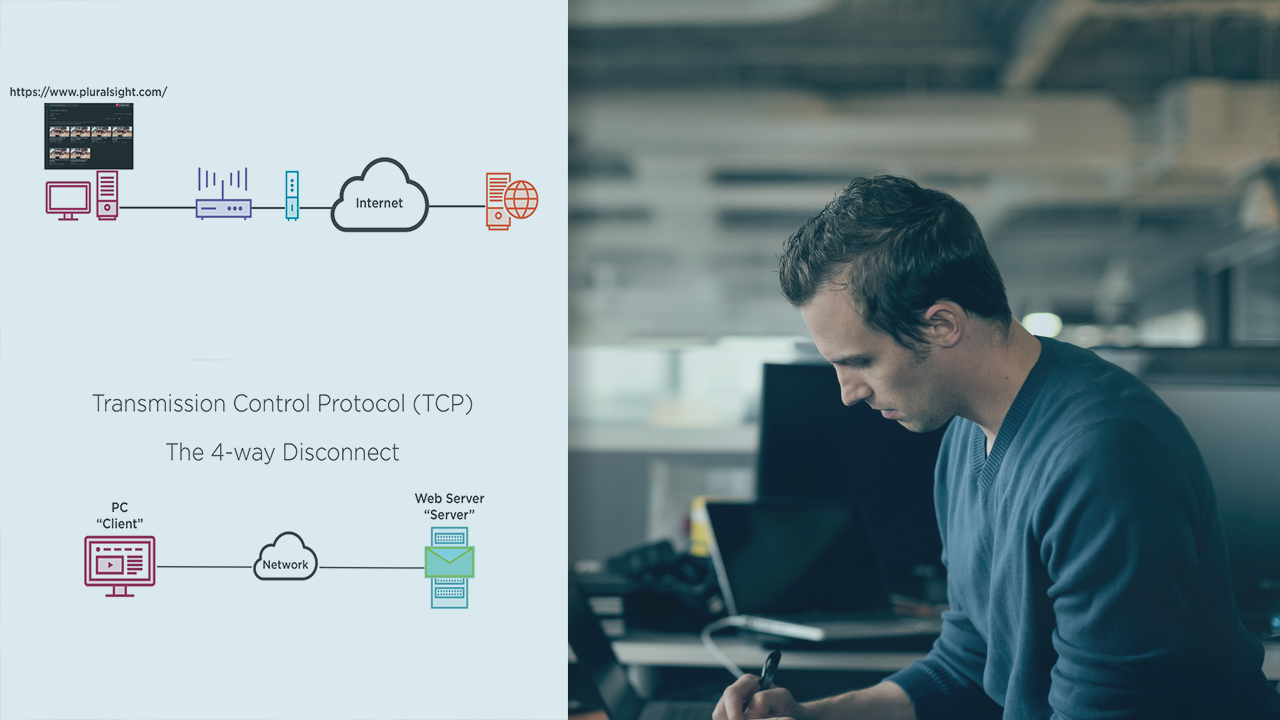- Course
Networking Concepts and Protocols
Networking concepts can be overwhelming and require a precision with which they need to be understood. This course will teach you the fundamentals of data networking in a language accessible to a novice technical user.

- Course
Networking Concepts and Protocols
Networking concepts can be overwhelming and require a precision with which they need to be understood. This course will teach you the fundamentals of data networking in a language accessible to a novice technical user.
Get started today
Access this course and other top-rated tech content with one of our business plans.
Try this course for free
Access this course and other top-rated tech content with one of our individual plans.
This course is included in the libraries shown below:
- Core Tech
What you'll learn
Listening to a data network engineer speak about the equipment, maintenance, and operation of a networked system can often feel like you are listening to a foreign language. Although data networking hardware is not remarkably different in operation to your desktop computer, it’s application and configuration requires the implementation of protocols to ensure data moves from one device to another device, quickly and without error. In this course, Networking Concepts and Protocols, you will learn how the most important protocols on the Internet, like IP, TCP, and HTTP work together to deliver a web page from a server on the Internet to your desktop’s web browser. First, you will learn the secrets of the IP address. Next, you will learn the most important rules to help you understand if two devices can communicate or not. Finally, you will learn to use the OSI model to organize protocols to better understand how they interact with each other. By the end of this course, you will be able to quickly examine network configuration on your workstation and clearly understand the different components.

